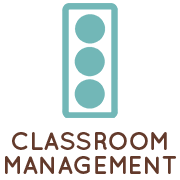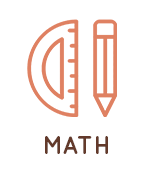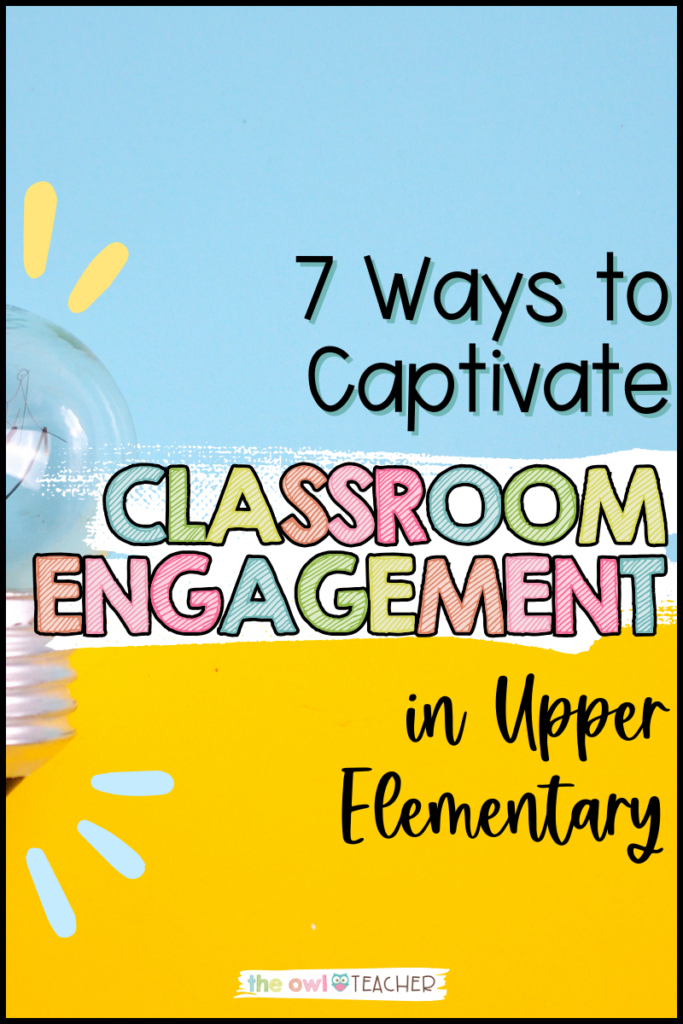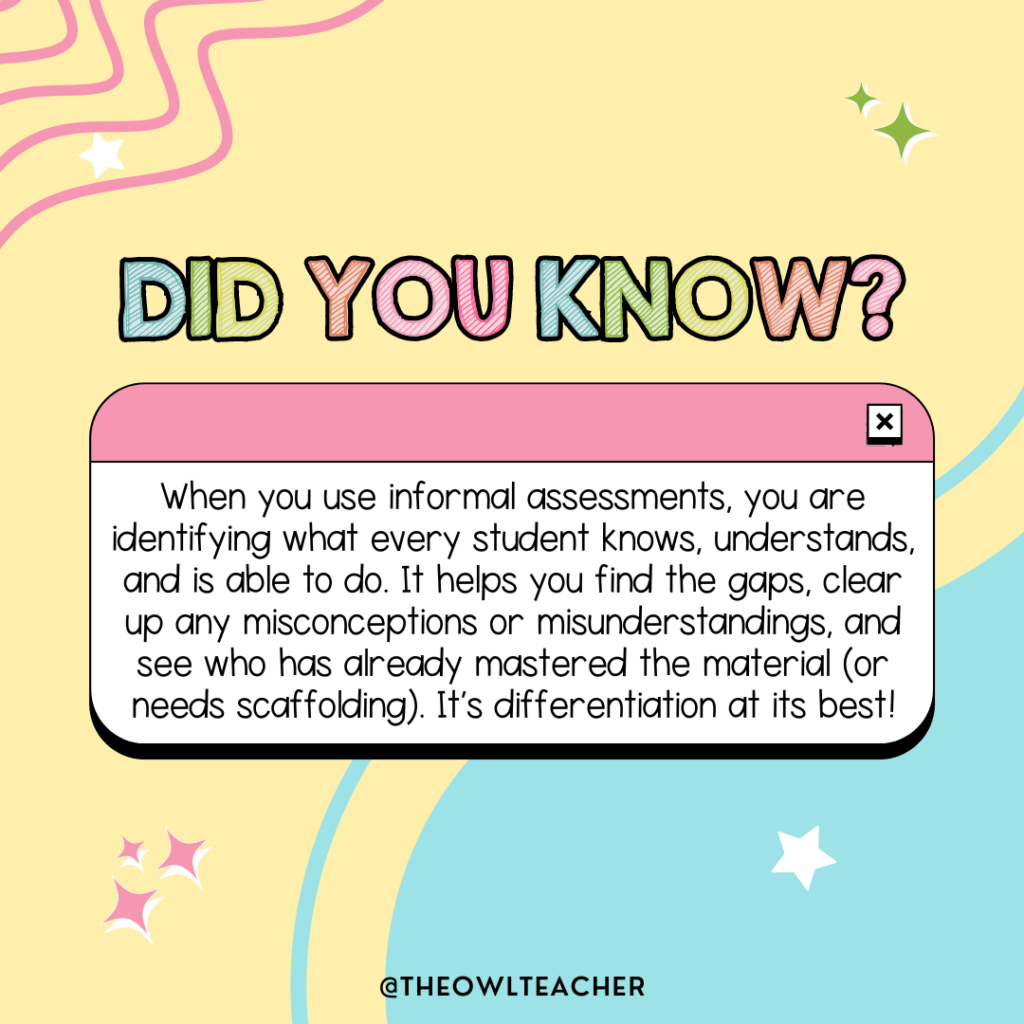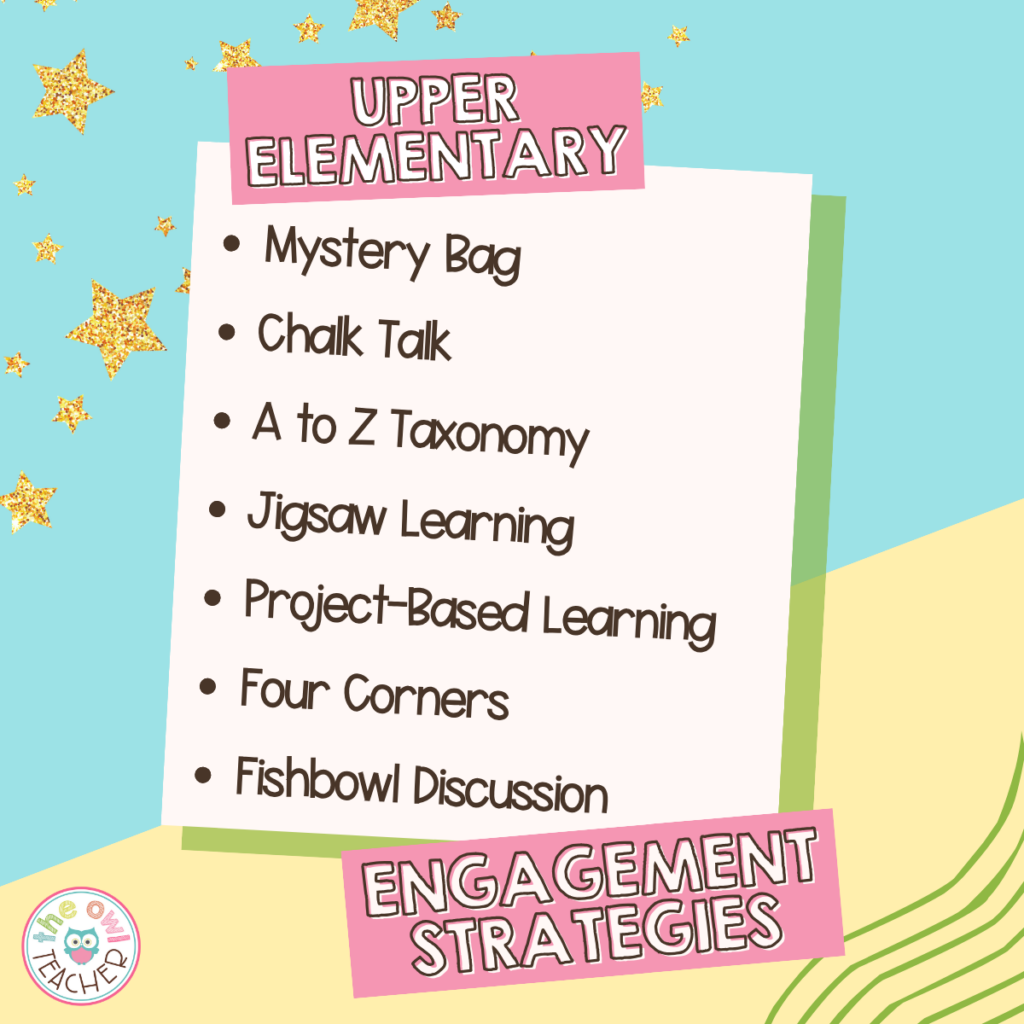Are you ready to captivate the clever kiddos in your curious classroom? I know you are; classroom engagement is an amazing thing, and it’s not always easy to catch students’ attention.
By the time students hit upper elementary, they can start to get tired of the whole “sitting and working for eight hours a day” deal. It’s important to remember, however, that kiddos are still curious creatures and you can keep their attention with the right classroom engagement resources. In fact, even students with shorter-than-average attention spans can be captivated!
Traditional assessments and learning are certainly important, but for many units, your upper elementary students need more than pencil-on-paper textbook worksheets. It’s time to let your students show what they know with creative activities that’s sure to hike your classroom engagement rate! Students are much more likely to remember what they’ve learned when they’re able to thoroughly understand a concept, actively participate, and utilize other skills such as critical thinking or cooperation.
Of course, droning on and on is not a good way to keep students OR teachers engaged… So let’s jump right into seven worthwhile ways to captivate classroom engagement!
7 Ways to Captivate Classroom Engagement
1. Mystery Bag
The Mystery Bag (creative title, I know) is a hands-on learning activity where students use their senses and critical thinking skills to make inferences about an object or objects hidden inside an opaque bag. This classroom engagement activity is an excellent strategy to introduce new items and materials that relate to your learning objectives.
For example, you could use the Mystery Bag with different rocks and minerals to make an educated guess on the type based off of its characteristics. Alternatively, you could collect items that relate to a character in a book you’re reading and have students make guesses about which character is being represented.
To use the Mystery Bag, students should each take turns feeling the item and reflecting on their findings. Then, discuss or think-pair-share what they think the item could be. Finally, reveal the item within the bag and host a classroom discussion on whether kiddos’ predictions were correct as well as how the item relates to the unit. Socializing is always a great way to boost classroom engagement!
2. Chalk Talk
This cute upper elementary activity is as valuable to classroom engagement as it is fun to say! Chalk Talk is a whole-class activity where students and teachers communicate and share ideas solely through writing. This is especially helpful for kiddos who are on the shy side—with Chalk Talk, they have a voice through writing. In fact, they may even find it less embarrassing to answer or ask questions when everyone is writing and responding together!
For this classroom engagement activity, you’ll need a chalkboard, whiteboard, or large sheets of paper as well as chalk, markers, or pens. To get started, write a question or prompt related to your current lesson on the board or paper. Then, invite your students to respond by writing their thoughts, questions, or comments on the board, too.
Students should also be allowed to (helpfully) respond to one another’s contributions, creating a visual web of ideas and “conversations.” It may be a good idea to set time limits on responses, or you may end up Chalk Talking the whole day away!
In addition, Chalk Talk can be modified to a digital format in order to save paper as well as take advantage of students’ love for technology. This activity can be easily done online: just collaborate with Google Slides or Jamboard.
3. A to Z Taxonomy
One of my favorite classroom engagement activities for reviewing concepts is A to Z Taxonomy. It’s super easy to employ in your classroom, and it’s a great opportunity for students to brainstorm together! First, students create a list of terms, concepts, or ideas related to a specific topic for each letter of the alphabet. Think of it like a topic dictionary!
For example, if the topic is “weather,” the first few words may be “air mass” for A, “barometer” for B, “climate” for C, and so on. This activity also helps your upper elementary students organize information in order to study, or just to show what they know about a topic. You can use it as an informal assessment, too: do it once before a topic, and once after.
And, as a bonus, A to Z Taxonomy is an excellent opportunity for scaffolding! You can require definitions, or simply ask students to just list the terms. In addition, you could set up peer learning groups and have students work together.
4. Jigsaw Learning
Since classroom engagement skyrockets when socialization is involved, let’s check out a cooperative learning strategy: Jigsaw Learning! For this activity, you’ll divide students into small groups where each member becomes an expert on a specific piece of content and then teaches it to the other members of their group. Jigsaw Learning is an excellent tool to use for breaking up readings in a textbook chapter or article.
As an example, when learning about rocks, one student in the each group can explore resources about igneous rocks. Another student in every group learns about sedimentary rocks, and yet another kiddo in every group spends their time reading up on metamorphic rocks. Then, once everyone is ready, every student takes turns sharing what they learned with the rest of their group.
Besides increasing classroom engagement, Jigsaw Learning also provides an opportunity for you to meet with any struggling students one-on-one. Everyone’s winning!
5. Project-Based Learning (PBL)
I really mean it this time: PBL is by far my favorite classroom engagement activity, and it’s almost guaranteed to be your students’ favorite, too! Project-based learning starts with a question and requires students to research, explore, and create in order to demonstrate learning. PBL can be open-ended, as in passion projects or Genius Hour, or they can be directly related to the content you’re studying and stem from a question posed by you.
One such project for upper elementary science could relate to the question “How do we create a sustainable classroom garden?” In response, students will create and maintain a small classroom garden to learn about plant life cycles, ecosystems, and sustainability. To proceed, students will first research different plants. Then, they’ll work together to design the layout of the garden, followed by planting seeds and taking care of the plants that grow. Finally, they’ll present their observations to the class or community.
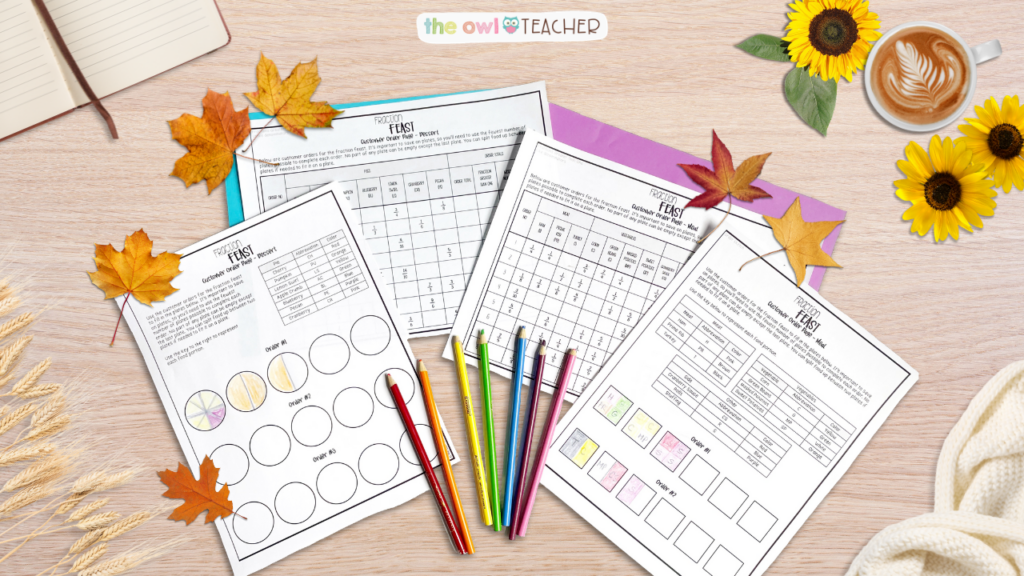
When it comes to project-based learning, classroom engagement is guaranteed. There are plenty of resources online for you to create your own PBL activity for a variety of subjects, or you can check out some of mine over on TPT!
6. Four Corners
Okay, your kiddos have been sitting down long enough; it’s time to get moving! With Four Corners, you’ll pose a question with four possible—and valid—answers. For example, you could ask your students “Which animal adaptation do you find the most fascinating and why?” Students would then move to one of the following corners:
- Corner 1: Camouflage
- Corner 2: Mimicry
- Corner 3: Hibernation
- Corner 4: Migration
After all kiddos have chosen a corner for their answer, they will form a group with the fellow students at their corner to discuss why their answer is best. This is a fantastic introductory activity to see what students already know about a topic; alternatively, it can also be used as a perfect classroom engagement activity for review!
Most importantly, however, it gets your upper elementary classroom up and moving. Between moving around and socializing, Four Corners may just become a classroom hit!
7. Fishbowl Discussion
Our final classroom engagement activity is the Fish Bowl Discussion. It sounds a bit silly, but hear me out!
First, a small group of students will discuss a topic or text in the center of the classroom—the “fishbowl.” At the same time, the rest of the class observes from the outer edges. If you have desks, consider arranging them into an inner and outer circle for maximum effect. After a given amount of time, swap the roles to allow different students to participate in the discussion. Everyone should get a turn!
The Fishbowl can be used for just about any question or topic in your upper elementary classroom. For instance, in science, you could ask, “Which environmental conservation action do you think is most effective in protecting our planet?” or simply discuss ways to save the environment.
One thing that’s important to note for the Fishbowl, however, is that some students aren’t as comfortable as others when it comes to being put on the spot. I recommend grouping shier students with friendly, outgoing kiddos who can keep up a conversation while also not overpowering all the other voices. In addition, it may be best to let shy students discuss last, so they can see that everyone’s been through it!
Captivating classroom engagement doesn’t always have to be a struggle. These seven engagement activities are excellent ways for your students to show what they know either before or after a unit. Demonstrating learning with these activities also helps your kiddos retain information far better than traditional lectures or assessments!
Ultimately, these seven ideas are just a handful of ways you can boost your classroom engagement. If you’re looking for even more, no worries: I have a whole blog category dedicated to engagement. Or, if you have your own tricks up your sleeve, help a friend out and share your strategies in the comments!


